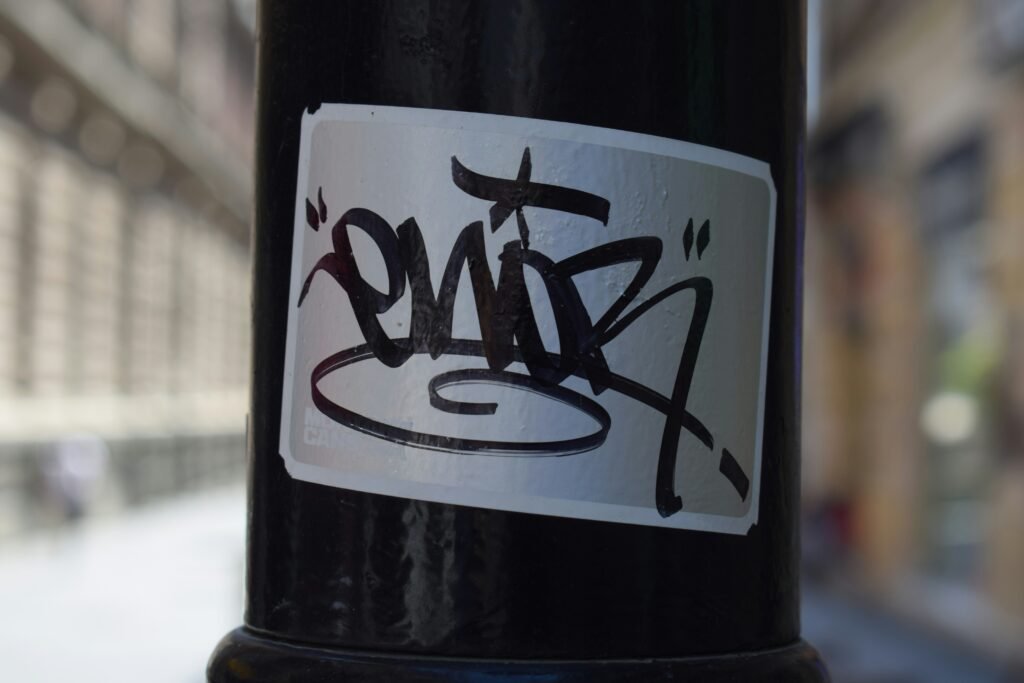By BlockAI
World Liberty Financial blacklist was applied to an Ethereum wallet linked to Tron founder Justin Sun after the account moved more than $9 million in WLFI tokens. Arkham and Nansen flagged the transfers as they landed on exchange deposit addresses, including Upbit and Bybit. The blacklist action came days after WLFI started trading and coincided with a roughly 19% WLFI price drop. Sun called the transfers “deposit tests” and denied any sales, while World Liberty Financial said the restriction prevents unauthorized token dumps. The event escalated quickly, drawing attention from retail investors and market analysts.
World Liberty Financial blacklist explained
Project administrators say the World Liberty Financial blacklist targets specific addresses that breach token warrants or vesting rules. Wallet analytics from Arkham and Nansen showed the flagged Ethereum wallet moving WLFI across multiple addresses and to centralized exchanges. The blacklist appears designed to stop further transfers or sales from that wallet until the situation is clarified. That enforcement tool is unusual for token launches, and it sparked debate about on-chain control versus market fairness.
Justin Sun and wallet
Blockchain sleuths and firms tied the Ethereum wallet to Justin Sun and, by extension, the Tron DAO and related early investor allocations. Arkham and Nansen reported on-chain links that matched past activity patterns, which prompted World Liberty Financial blacklist action when large WLFI transfers showed up. Sun maintains the moves were internal checks, not market exits. Still, the episode raised questions about disclosure for early investors and whether token warrants were properly signaled.
Tracing Ethereum wallet movements
Transaction graphs show WLFI flows from the flagged wallet to several intermediary addresses and then to exchange deposit wallets on Upbit and Bybit. Analysts including Bubblemaps’ CEO Nick Vaiman treated some transfers as deposit tests, not outright sales, but the public nature of the flows was enough for the World Liberty Financial blacklist response. That restriction aims to limit sudden sell pressure that could harm holders who bought after the listing.
WLFI price drop impact
After the blacklist and the visible transfers, WLFI price dropped about 19%, squeezing retail buyers who purchased during the token’s early run. The move reopened debates on vesting, early investor behavior, and enforcement choices when projects suspect rule breaches. Investors should monitor Arkham and Nansen feeds, exchange deposit histories, and official World Liberty Financial statements for updates.
Next steps for investors
If you hold WLFI or follow the case, watch official channels and on-chain analytics closely. The World Liberty Financial blacklist could be lifted, expanded, or followed by legal or governance steps depending on findings. Track announcements from World Liberty Financial, statements from Justin Sun, and exchange notes from Upbit and Bybit to gauge the likely market outcome.
Frequently asked questions about World Liberty Financial blacklist (Faq)
Q: what triggered the World Liberty Financial blacklist?
A: The blacklist followed on-chain detection of more than $9 million in WLFI moved from an Ethereum wallet linked to Justin Sun to exchange deposit addresses.
Q: does the World Liberty Financial blacklist mean the tokens were sold?
A: Not necessarily. World Liberty Financial blacklist action happened after transfers; analysts say many moves looked like deposit tests rather than sales.
Q: which firms tracked the wallet?
A: Arkham and Nansen flagged the wallet, and blockchain researchers shared traces that led to the World Liberty Financial blacklist action.
Q: how did exchanges respond?
A: Deposits showed up on platforms including Upbit and Bybit; exchanges typically handle deposits per their policies while projects manage token-side restrictions like the World Liberty Financial blacklist.
Q: what should WLFI holders do now?
A: Stay informed with on-chain tools, follow official World Liberty Financial updates, and consider market exposure while the blacklist situation resolves.



